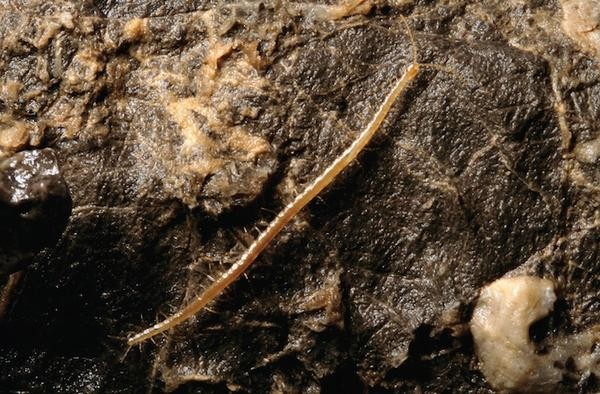Scientists have discovered the deepest dwelling species of centipede in three caves in Croatia, describing it as gross just like any centipede species in a new study.
Geophilus hadesi, named after the mythological god of the underworld hades, was discovered in the depths of more than 3,600 feet in the deep caves of the Velebit Mountains in Croatia, which stretch over 145 km and is considered as a remarkable place for subterranean diversity.
According to the findings published in Zookeys, the centipede spent all years in this dark and underground environment unlike its other relatives from the order Geophilomorpha which inhabits occasionally in caves,
Lead researcher and associate professor of zoology Pavel Stoev from National Museum of Natural History in Sofia, Bulgaria, said that G. hadesi belongs to two known species of centipedes that never leave their cavernous homes. The other deep-cave dweller is called Geophilus persephones, named after the queen of the underworld Persephone and was first discovered in the 1990s from a cave in France, Live Science reported.
The centipede possessed the traits of strong jaws with poison glands on them, an extra-long antenna and long that measures five times longer than its head, curved claws in the front and back. It has 33 pairs of legs that helps in grabbing its prey and it has long, flattened body that makes crawling easier. Researchers suggest that G. hadesi is one of the top predators in the cave systems.
G. hadesi normally feeds on worms, larvae, springtails, woodlice, spiders and other small prey. Stoev said that this centipede's bite is likely entirely harmless to humans, unlike most of the other centipedes' venomous bite. Researchers are not quite sure why this centipede spent living underground in the first place, but they are positive that they will discover more creatures hiding in the deepest part of the cave.



























